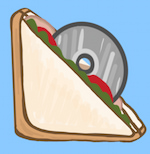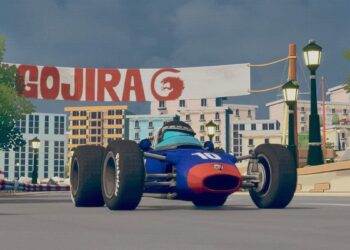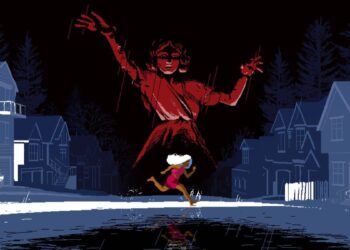The Overwatch 2 Haunted Masquerade has begun alongside the update for Season 19, and I was able to join a roundtable interview where we all asked associate director Alec Dawson and lead event designer Kirill Perekrest about the new event and the current state of the game. I decided to focus on the latter and asked Dawson a few questions about where the current “core” experience of Overwatch is at, and see what insights he had on the state of the game.
Overwatch has Considered Using a “Hero Recommender” to Work with Your Team
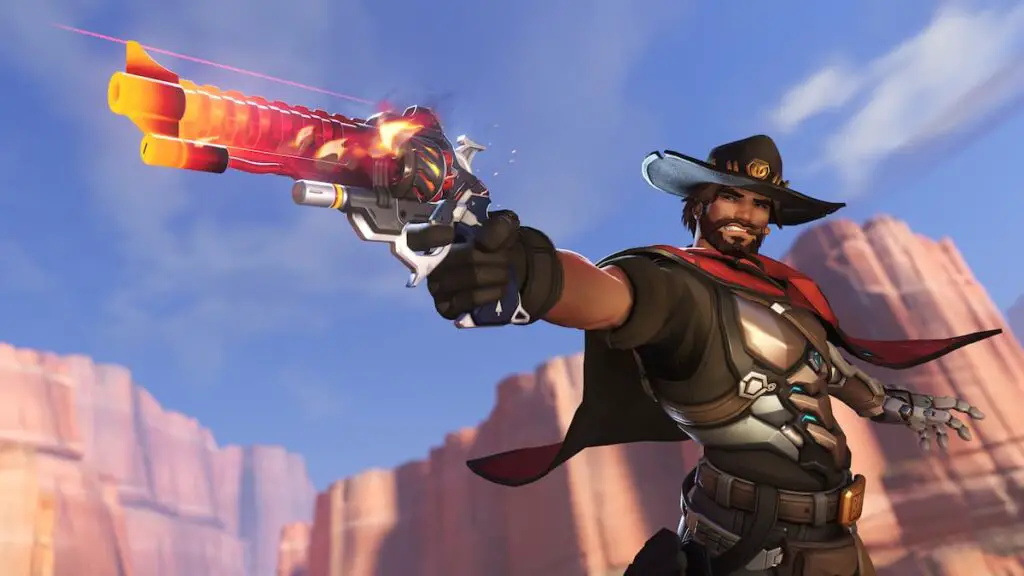
With Overwatch 2, the player base is not as willing to team up with others compared to how it was in the original game. Whether that is through combining hero abilities and ultimates or simply making a team composition that works well together, I have gotten the feeling that everyone is more out for themselves these days. With the Haunted Masquerade, certain heroes that are on the same team and wearing each other’s masks will gain special abilities that require some coordination to get the most out of.
With that in mind, my first question to Alec Dawson revolved around how players interact with Overwatch and whether or not the new Haunted Masquerade mode might be a form of incentivizing players to act more as a team.
Dawson: “There’s something to players going in every day and picking their favorite hero and not looking at what their team is doing, but I do believe this is not necessarily about making it less selfish, but hopefully, like we need people into more experimentation. You know, like trying out different things. I think even when you come into [the Haunted Masquerade] UI, you see that there’s different heroes that are actually highlighted, like, hey, if you play me, there’s going to be something unlocked.”
“We’ve talked quite a bit, though, about how we can make players in particular know more about their teammates. I think even if you look at Season 18, now we’re showing you like, hey, here’s what your teammates play.”
“We’ve also talked about things like, should we show a hero recommender at some point where it can be like, hey, my team wants to play dive, actually, but you’re playing something [with a] very poke style.
I think this [mode] in particular kind of hits you over the head with like, oh, if I play Winston in this particular mode, right now, I already have a Tracer on my team. We’re going to get something that’s going to be really powerful for us. So there’s like a really large incentive to experiment and actually try new abilities and try different heroes. Maybe [more] than you normally would in your normal Overwatch match.
Taking a “Step Back” and Evaluating the Future of Maps
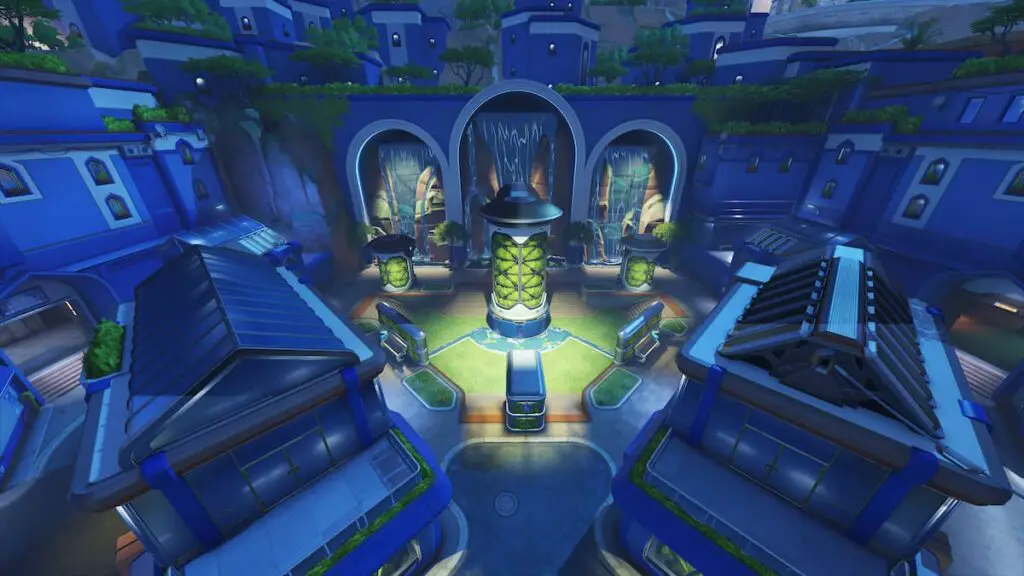
With the start of Season 19, it has been half a year since the core quick play and competitive modes in Overwatch 2 got a new map, which was Aatlis in May. I asked about how the team balances when to bring in new maps and keep the map pool fresh. Dawson says that more maps are coming in early 2026, but Blizzard is kind of in evaluation mode for how they develop new locations in Overwatch.
Dawson: “Yeah, we’ve been putting a lot of maps into Stadium over time. I think right now we’re looking at a number of maps, post-map voting, looking at which maps are maybe not performing as well as they could. Taking a real big step back and evaluating which maps we think should be on the table for reworking, and putting on some plans behind that.”
“We are definitely committed to some new maps coming into the game as well. We have a number of them in development for some time early next year. I think with maps nowadays, we want to make sure that when we do add a map, it feels like it’s distinct. It feels like whether it’s imported from a gameplay perspective, and it’s trying new things, or it’s doing something on the warfront, how we can tie it into the narrative that we’re trying to tell. So we’re evaluating all of that right now, but I would say new maps are coming.
Reworks are something we are taking a really close look at and evaluating which ones to rework because of map data. And then just sort of looking at how map voting in general is actually performing right now and seeing if this is like the exact right fit of the system that we want to have players have control of.”
Overwatch 2 Vs. Overwatch Classic
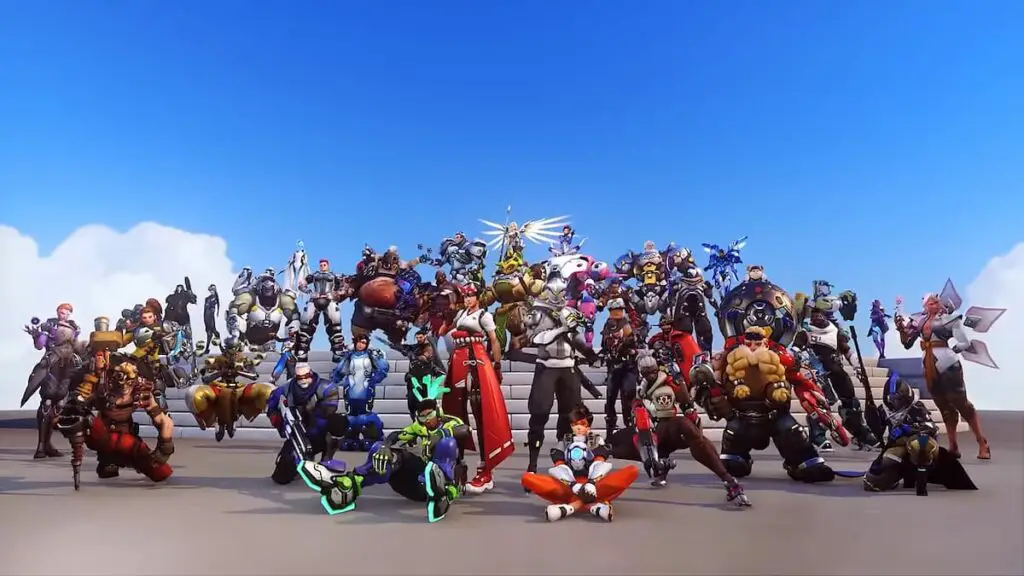
With the recent Overwatch Classic mode bringing back the GOATs meta, I had a curiosity to see what Dawson would think if he were to compare the current state of Overwatch to what it was in the past. He remained friendly with what is largely considered Overwatch’s most boring meta, but also looked at the brighter side of seeing these old versions of heroes that aren’t playable every day anymore.
Dawson: “Yeah, so some of those modes, I think we see a lot of feedback about Doomfist, in particular. DPS Doomfist. We see a lot of feedback about Mercy. I think Symmetra is also one we get a lot of feedback on because she’s been through many different iterations. I think some of those events are even kind of pinned on some of her changes. So you actually get to play like the three or four versions of Symmetra over time.
I think we also evaluate some things people love about that. Yeah, there are some heroes that their kits didn’t feel fully functional. I think if you look at early D.Va, of course, you got Micro Missiles, it’s very, very difficult to feel like you’re contributing a ton in terms of damage, right? But at the same time, we look at it, and it’s like, okay, are there some things like players are really, you know, enjoying from like the pacing of that era, right?
I think if you look at Overwatch right now, it’s very, very fast, right? Compared to where it used to be. So, sort of like taking a step back, is like, where should we be in terms of mobility? Where should we be in terms of pacing? Where should we be in terms of like, how damage feels in terms of how sticky it is, versus how healing feels in terms of how effective it is? So it’s not just necessarily like, hey, Doomfist is jumping into my back line and one-shotting me, and I don’t know what to do about it. There’s a lot of like just broad game balance stuff too. It’s good for us to kind of look back on and see where we are today, and, well, maybe there are some goods to take from the past as well.”
The State of Hero Bans, Map Voting, and Perks
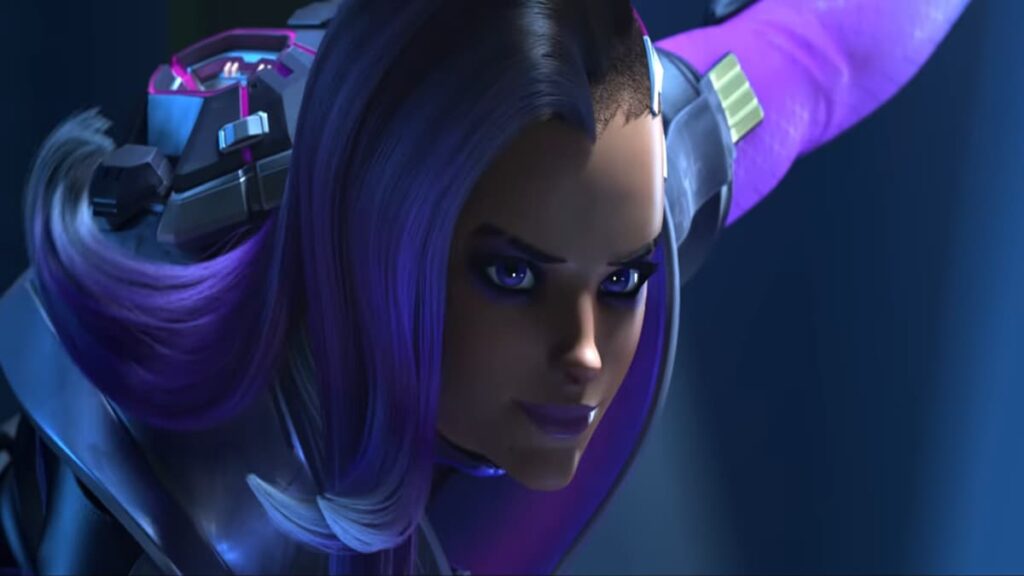
To end off my questions, I asked Alec how he was currently feeling about the three biggest features added to Overwatch 2 this year: hero bans, map voting, and perks. He provided a good detail of how he thinks they have added life to Overwatch and how they may be adjusted in the future.
Dawson: “I think they’ve all performed pretty well, and I think the community has accepted them. We knew going in there’s always going to be, you know, some portion of the community that didn’t like change, didn’t want to vote for a map, didn’t want their hero to get banned, etc. But we think overall it’s actually increased the health of the game for most players from their match-to-match experience.
I think one thing we’re taking a look at, and we kind of do this in the background sometimes, we’ve been shrinking the time it takes for map voting and hero bans like steadily, steadily over time, as players have gotten used to it, to make sure that we’re still getting you into a game of Overwatch relatively quickly.
You know, we want you to have this experience and have this agency over like what map you’re playing on, which heroes aren’t in the match, but at the same time, we don’t want to feel like it’s this burden on you, right? It’s not taking too long.
With perks in particular, you know, we think the refresh in season 18 went really well. We’re going to be looking forward to continue to refresh that system. We think it has enough stability and structure that we can bring perks in and out.
Actually, you know, maybe one day we go back and look at some of the ones we’ve rotated out, bring those back in, and we think having those choices at minor and major is about the right amount of choice that you want in a match. We’ve experimented with things that go past that, you know, that give you more choice and you level up more times in a match, but it has at times felt like it’s too much. So we think that it’s actually at a pretty good place of flexibility we’re providing you while retaining your hero identity, but also giving you enough choice in a match where you feel like there’s some meaningful decisions that are outside of just core combat.”

